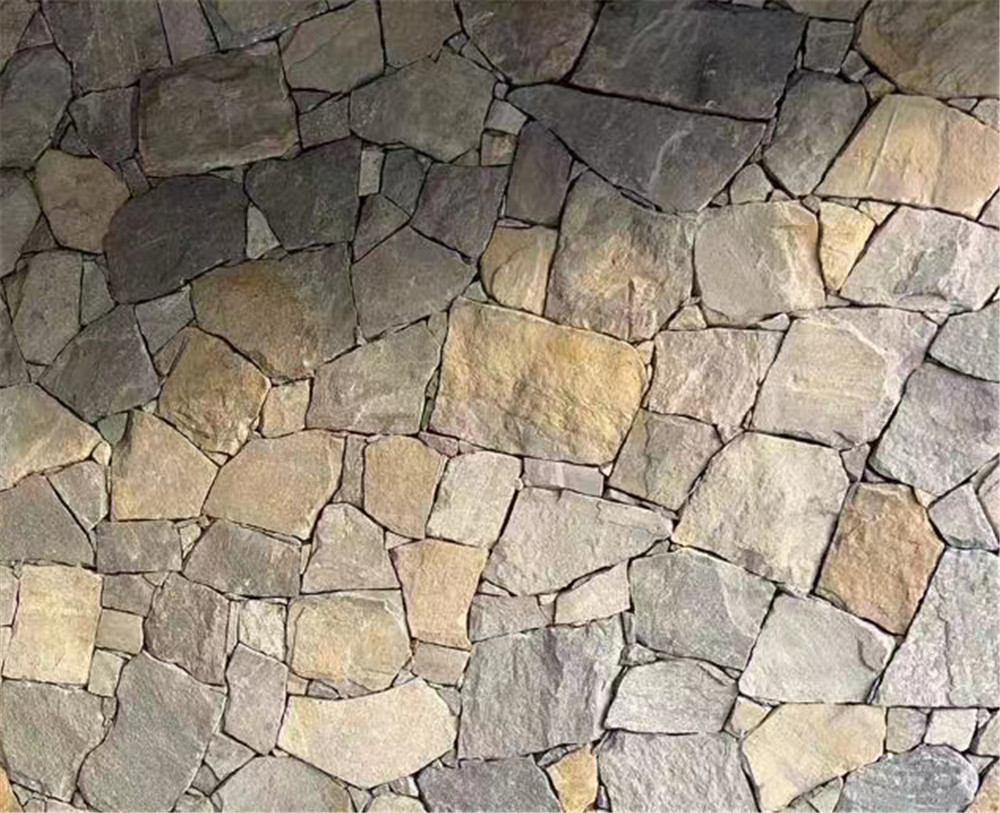Introduction:
In the world of interior design, natural stone has always held a special place. The beauty, elegance, and durability of materials like granite have made them a popular choice for countertops, flooring, and other applications. However, the high cost and limited availability of natural stone have made it out of reach for many homeowners and designers. Enter cultured granite, a revolutionary alternative that combines the aesthetic appeal of natural stone with increased affordability and versatility. In this article, we will delve into the world of cultured granite, exploring its manufacturing process, benefits, applications, and its impact on the future of interior design.
1. Understanding Cultured Granite:
1.1 Definition and Composition:
Cultured granite, also known as engineered or manufactured granite, is a man-made material that replicates the appearance and feel of natural granite. It is composed of a blend of natural stone aggregates, resins, and pigments, carefully engineered to mimic the unique patterns and colors found in natural granite. The precise composition can vary depending on the manufacturer and desired characteristics of the final product.
1.2 Production Process:
The production of cultured granite involves several steps. First, the natural stone aggregates are crushed and mixed with resins and pigments to create a homogeneous mixture. This mixture is then poured into molds, where it is vibrated to remove air bubbles and ensure proper distribution. The molds are then placed into a curing chamber, where the mixture solidifies and hardens over time. Once cured, the resulting slabs or tiles are polished, sealed, and ready for installation.
2. get redirected here of Cultured Granite:
2.1 Affordability:
One of the most significant advantages of cultured granite is its affordability compared to natural stone. Natural granite can be expensive due to factors such as extraction costs, transportation, and limited availability. Cultured granite, on the other hand, can be manufactured in large quantities, reducing production costs and making it a more budget-friendly option for homeowners and designers.
2.2 Consistency and Customizability:
Unlike natural stone, which can vary in appearance and quality from slab to slab, cultured granite offers a high level of consistency. Manufacturers can control the production process to ensure uniformity in color, pattern, and texture. Additionally, the use of pigments allows for a wide range of color options, enabling customization to suit specific design preferences.
2.3 Durability and Resistance:
Cultured granite exhibits excellent durability and resistance, making it suitable for various applications. It is highly resistant to scratches, stains, heat, and moisture, providing a low-maintenance solution for busy households. Additionally, the engineered composition of cultured granite reduces the risk of cracking or chipping, ensuring a long-lasting and reliable surface.

2.4 Sustainability:
Cultured granite also boasts environmental advantages over natural stone. The manufacturing process utilizes recycled materials, such as crushed stone remnants, reducing waste and minimizing the need for new quarrying. Furthermore, the use of resins instead of petroleum-based adhesives contributes to a greener and more sustainable product.
3. Applications of Cultured Granite:
3.1 Countertops and Vanities:
The most popular application of cultured granite is in the creation of countertops and vanities. Its durability, consistency, and affordability make it an ideal choice for both residential and commercial projects. Whether replicating the elegance of natural granite or exploring unique color options, cultured granite countertops can transform the look and feel of any kitchen or bathroom.
3.2 Flooring and Wall Cladding:
Cultured granite is also gaining popularity as a flooring and wall cladding material. Its resistance to wear, moisture, and stains make it an excellent choice for high-traffic areas such as hallways, lobbies, and commercial spaces. The wide range of available colors and patterns allows for creative designs and seamless integration with different interior styles.
3.3 Shower Surrounds and Bathtubs:
In the bathroom, cultured granite can be used to create stunning shower surrounds and bathtubs. Its non-porous nature makes it resistant to mold and mildew, ensuring a hygienic and easy-to-clean surface. The ability to customize the color and finish of cultured granite allows for the creation of unique and luxurious bathing spaces.
3.4 Fireplace Surrounds and Mantels:
For those seeking to add a touch of elegance to their living spaces, cultured granite fireplace surrounds and mantels offer a cost-effective alternative to natural stone. With the ability to replicate the intricate veining and patterns found in natural granite, cultured granite creates a focal point that enhances the ambiance of any room.
4. The Future of Cultured Granite:
4.1 Advancements in Technology:
As technology continues to advance, so does the potential of cultured granite. Manufacturers are constantly refining their production processes, seeking to improve the quality, durability, and aesthetic appeal of the material. Innovations in pigments and resins allow for even greater customization options, paving the way for more creative and unique designs.
4.2 Sustainability and Environmental Considerations:
As sustainability becomes an increasing concern, the environmentally friendly aspects of cultured granite can be a driving force for its future adoption. With a reduced ecological footprint compared to natural stone, cultured granite aligns with the growing demand for eco-conscious interior design materials. This focus on sustainability may further drive research and development in the field, leading to even more eco-friendly variations of cultured granite.
4.3 Integration with Smart Home Technology:
The rise of smart home technology presents new opportunities for cultured granite. Integration with touch-screen surfaces, embedded sensors, and wireless charging capabilities could transform countertops and other applications into functional and interactive elements of a modern home. This fusion of technology and design may revolutionize the way we interact with our living spaces.
Conclusion:
Cultured granite has emerged as a game-changer in the interior design industry. Its ability to replicate the beauty and durability of natural stone while offering affordability and customization options has made it a popular choice for homeowners and designers alike. From countertops to flooring, cultured granite has found its way into various applications, transforming spaces with its elegance and practicality. As technology and sustainability considerations continue to evolve, the future of cultured granite looks promising, ushering in a new era of innovative design possibilities.
